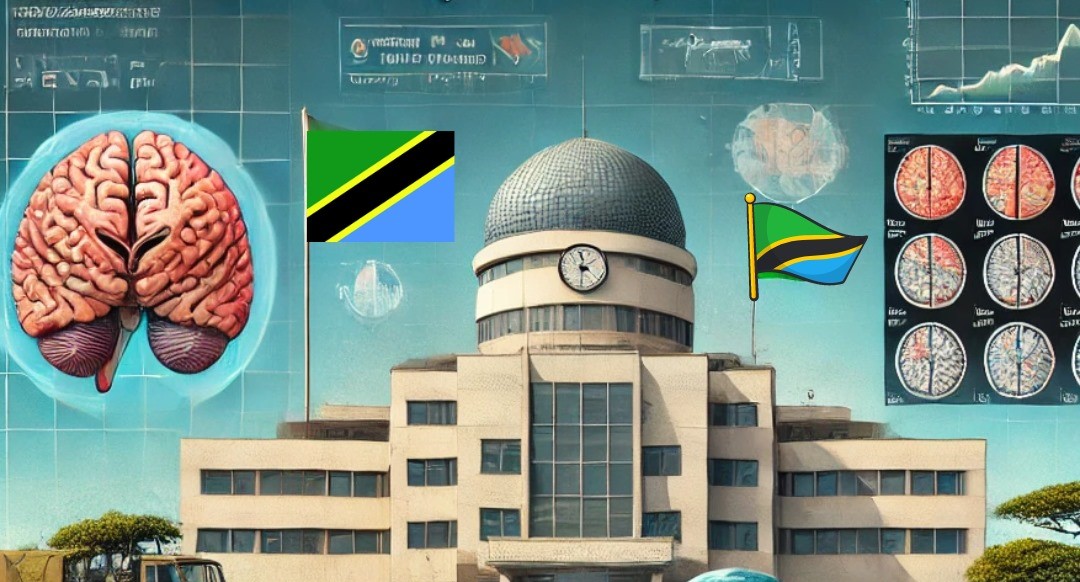Epidemiology And Surgical Outcomes of Primary Brain tumours Managed at a Tertiary Hospital In Arusha, Tanzania.
Mots-clés :
Brain tumours, Arusha, Tanzania, Gliomas, OutcomesRésumé
Introduction: The epidemiology and outcome of brain tumours varies globally. We aimed to analyze the epidemiology and postsurgical outcomes of intracranial tumours in our setting. Methods: This is a retrospective cohort study. Data were obtained from patient clinical records between 2019 and 2020. Sub-group analysis was done to identify factors associated with postoperative outcomes (morbidity, improvement/deterioration of symptoms and mortality). Estimates of demographic and clinical data were expressed as percentages. A chi-square was used to compare the various patient outcomes between sub-groups with α <0.05. Results: 39 patients with primary brain tumours underwent surgery. Gliomas were the most common tumour (13/39) overall and craniopharyngiomas in pediatric patients (3/11). The majority presented late (>3 months), and had a poor Karnofsky performance status before surgery. Gross tumour resection was low (25.6%) and few patients underwent adjuvant therapy (28.2%). 30-day mortality rate and one-year mortality rate were high. Pediatric patients had a much worse outcome. Males had higher postoperative mortality, though females were more likely to have poor postoperative Karfnofsky performance status. Patients with gliomas accounted for the majority of the deaths. Conclusion: Delayed presentation and poor access to adjuvant therapies are common in our setting. Surgery improves patients’ performance status.

Téléchargements
Publiée
Comment citer
Licence
(c) Tous droits réservés East African Journal of Neurological Sciences 2024

Ce travail est disponible sous licence Creative Commons Attribution - Pas d'Utilisation Commerciale - Pas de Modification 4.0 International.

